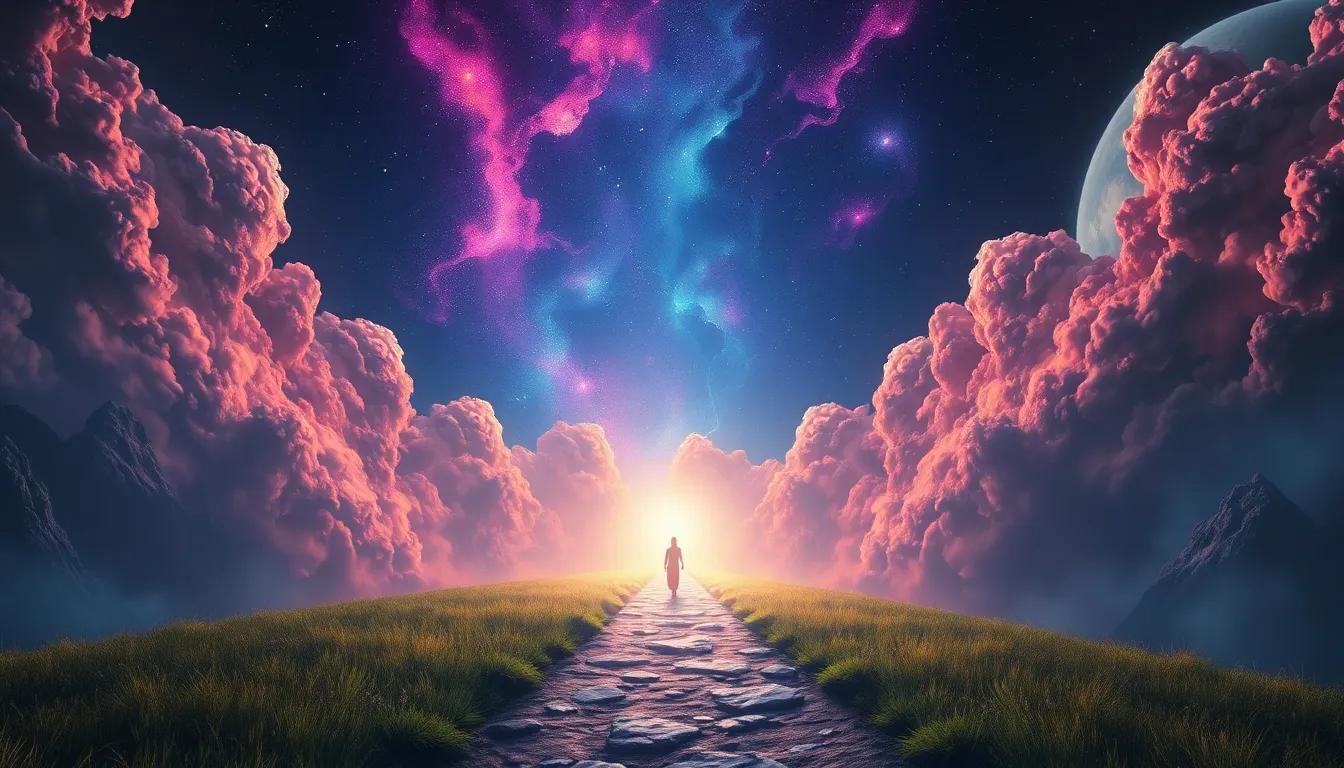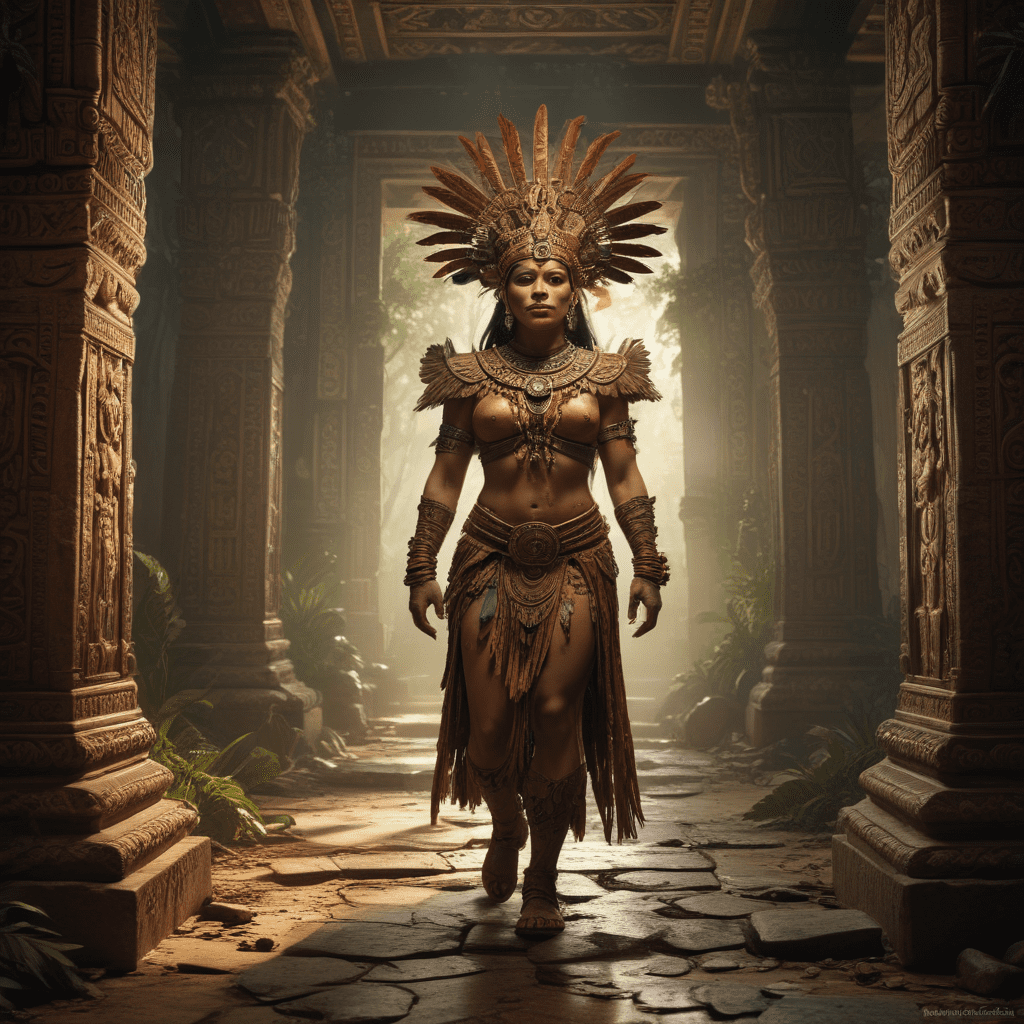Understanding Mayan Mythological Symbols in Architecture and Art
The ancient Maya civilization was renowned for its sophisticated understanding of the cosmos and intricate artistic traditions. Symbols played a central role in their worldview, serving as powerful representations of their beliefs, myths, and values. Mayan artwork and architecture offer a rich tapestry of symbolic imagery that reflects their profound knowledge of nature, astronomy, and the spiritual realm.
The Importance of Symbols in Mayan Culture
Symbols served as vital tools for communication, education, and ritual practice in Mayan society. They conveyed complex ideas about cosmology, deities, and the afterlife. Symbols held immense cultural significance, fostering a sense of shared identity and unity amongst the Maya. Their mastery of symbol systems allowed them to record their history, mythology, and astronomical observations, ensuring the preservation and transmission of their knowledge across generations.
The Creation Myth and its Reflection in Architecture
The Popol Vuh, the sacred book of the Maya, narrates the creation myth, which explains the origin of the universe and humanity. Architectural elements such as temple pyramids symbolize the primordial mountain, believed to be the birthplace of the gods. Murals and sculptures depict creation deities, highlighting the profound influence of this myth on Mayan cosmology.
The Hero Twins and their Role in Art
The Hero Twins, Hunahpu and Xbalanque, are central figures in Mayan mythology, renowned for their exploits and victories over the underworld gods. They symbolize bravery, resilience, and the triumph of good over evil. Depictions of the Hero Twins adorn pottery, murals, and stone carvings, emphasizing their significance in Mayan lore. Their adventures embody core values like determination and perseverance, inspiring generations.
The Underworld and its Representation in Tombs
The Maya underworld, Xibalba, was a complex and dangerous realm believed to be ruled by powerful deities. Tombs and burial chambers were decorated with imagery related to the underworld, reflecting the Maya's beliefs about death and the afterlife. Representations of underworld deities, such as the skeletal Death God, served as guardians and conveyed the concept of a journey into the unknown.
The Maize God and his Connection to Agriculture
The Maize God, a central deity in the Mayan pantheon, embodied the life-giving force of corn, the staple crop of Mesoamerican agriculture. Representations of the Maize God adorned temples, agricultural implements, and pottery, highlighting his significance for sustenance and prosperity. His association with fertility and renewal symbolized the cyclical nature of life and agriculture.
The Sun, Moon, and Venus: Celestial Deities in Art
The celestial bodies played a significant role in Mayan astronomy and mythology. The Sun, Moon, and Venus were revered as deities, each with distinct attributes and symbolic representations. The Sun God, Kinich Ahau, was associated with life, light, and fertility. The Moon Goddess, Ix Chel, embodied the lunar cycles and feminine power. Venus, the Morning Star, was a symbol of war and sacrifice. Representations of these celestial deities adorned temples, calendars, and codices, reflecting the Maya's profound connection to the cosmos.
Animal Symbolism and its Significance
Animals held deep symbolic meaning in Mayan culture. Jaguars, associated with royalty, power, and the underworld, were often depicted in art and architecture. Snakes symbolized fertility, rebirth, and the underworld. Birds represented messengers between the earthly and spiritual realms. Other animals, such as monkeys, owls, and crocodiles, also held symbolic significance, reflecting the Maya's close observation of the natural world.
The Interpretation of Mayan Symbols in a Modern Context
Understanding Mayan symbols in a modern context requires sensitivity and respect for their cultural significance. While some symbols may resonate with contemporary interpretations, it is crucial to avoid misappropriation or trivialization. Studying the historical and cultural context of Mayan symbols fosters a deeper appreciation for their complex meanings and the rich worldview of the ancient Maya.
The Continuing Influence of Mayan Mythology in Art and Architecture today
Mayan mythology continues to inspire artists and architects today. Contemporary works of art draw inspiration from Mayan symbols, myths, and motifs, creating a bridge between ancient traditions and modern expression. Architects incorporate elements of Mayan design principles into contemporary structures, reflecting a renewed appreciation for their aesthetic and cultural significance. The enduring legacy of Mayan mythology testifies to its profound influence on human creativity and imagination.
FAQ
Q: What are some examples of Mayan symbols?
A: Some examples of Mayan symbols include the Ceiba tree, representing the world tree; the jaguar, symbolizing power and royalty; the serpent, associated with fertility and rebirth; and the skull, representing death and the underworld.
Q: What is the significance of Mayan symbols?
A: Mayan symbols served as a means of communication, education, and ritual practice. They conveyed complex ideas about cosmology, deities, and the afterlife, fostering a sense of shared identity and unity amongst the Maya.
Q: How are Mayan symbols interpreted in a modern context?
A: While some Mayan symbols may resonate with contemporary interpretations, it is crucial to approach their interpretation with sensitivity and respect for their cultural significance. Studying the historical and cultural context of Mayan symbols fosters a deeper appreciation for their complex meanings and the rich worldview of the ancient Maya.
Q: How does Mayan mythology continue to influence art and architecture today?
A: Contemporary artists and architects draw inspiration from Mayan symbols, myths, and motifs, creating a bridge between ancient traditions and modern expression. The enduring legacy of Mayan mythology testifies to its profound influence on human creativity and imagination.



